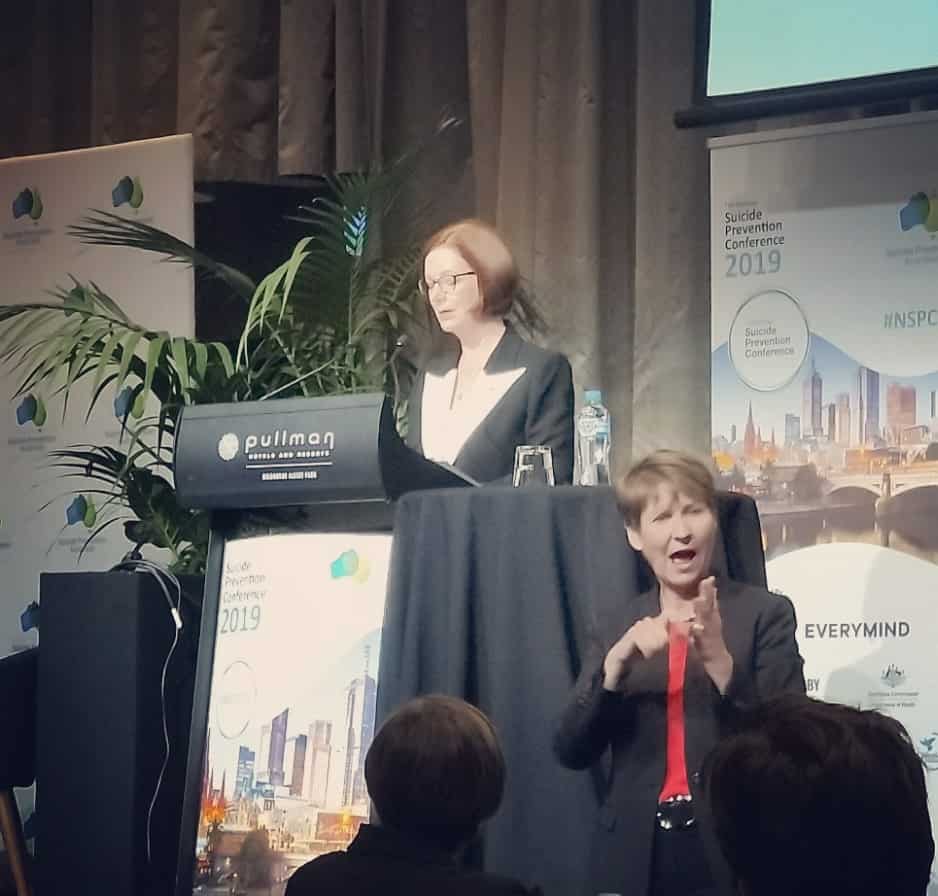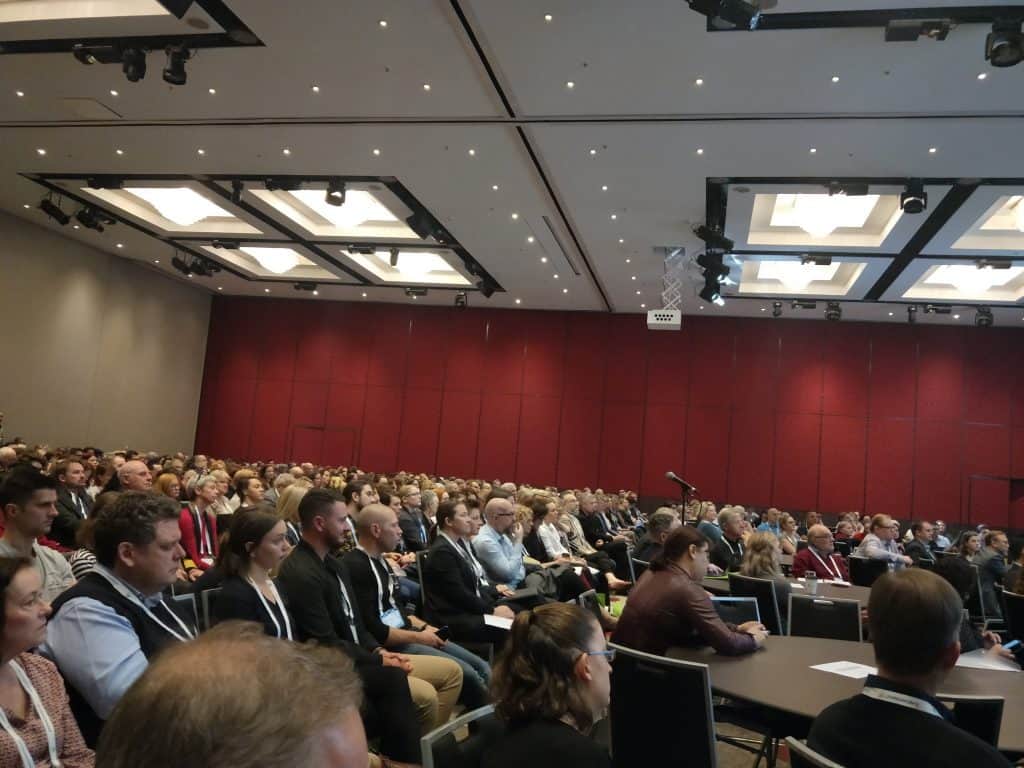
Over 600 delegates at the National Suicide Prevention conference in Melbourne in July 2019 heard one speaker almost invoke the “Safety Differently” concept to suicide prevention (Hands off, its ours, Ed.). This showed that suicide prevention approaches are maturing, but that advocates continue to operate in a public health/mental health silo.
Several speakers acknowledged that the suicide prevention strategies in Australia over the past few decades have failed to reduce the suicide rate. This has been known for some time as evident from this statement by Emeritus Professor Ian Webster in a 2017 publication “Postvention Australia Guidelines”:
“Prevention has always been part of the national suicide prevention strategy but its contribution is even more important now as some of the past initiatives have not been as effective in reducing suicide rates as we had hoped.”
Page 5
Even with this acceptance of failure, the suicide prevention strategies have not changed that much. There is much talk at this conference of the need for a multifactorial approach to preventing suicides as, the sector has come to realize, the medical model has failed. However, the factors being considered continue to overlap or be directly connected with the ideological and practical structures established in that sector over many years. The industry and structures that have been created in support of a flawed approach seem reluctant to undertake the degree of change required. This seems partly due to the potential embarrassment of admitting that their approaches have been unsuccessful. Shame and disappointment are understandable reactions but must not be reasons for inaction or the inability to adapt.
Suicide and mental health
One of the major challenges for the suicide prevention sector is a realization that perhaps only half of suicides relate directly to mental ill health, although estimates vary. It is this type of statistic that has pushed the suicide prevention advocates to look beyond the medical model to psychosocial approaches that have a more obvious overlap with occupational health and safety (OHS).
Prominent mental health and suicide researcher Allison Milner, answering a SafetyAtWorkBlog question in 2018 on the Productivity Commission’s inquiry into mental health, said:
“…… my thoughts about mental health programs and suicide prevention programs is they have been overly focused on health programs in which there is not much or there’s no real evidence and also systems that could be creating further harm and I don’t think that it focused enough on areas where we do have a growing awareness and base. I don’t know what’s going to come out of that.”
(Milner is presenting twice at the current National Suicide Prevention Conference)
Milner’s response shows that more attention and analysis is required on a multifactorial approach being discussed at the Suicide Prevention conference. It is hoped that some of that analysis/evidence is revealed in her presentations.
Language
There was much discussion about language and how new words and variations are required to better reflect the multitude of suicide-related experiences. Instead of “suicide ideation” there was “suicide intensity”, “lived experience” and “phenomenology”, “stigma” and “discrimination”. One speaker suggested a redefinition of “suicide” to include “escape”, “despair”, psychache and more. Such a discussion is common to many disciplines in the quest for clarity and enlightenment but this will also impede the crossover with other disciplines that most speakers at the confernece agreed was essential for progressing the prevention of suicides.

Lived Experience
There is a lot of discussion in this conference, as there has been in Victoria’s Mental Health Royal Commission, about the “lived experience”. Lived Experience has been proposed as a form of evidence in suicide prevention and mental health, however many give it a prominence over other types of evidence such as anecdotal, peer-reviewed and others. This is where conflicts are unnecessarily created. OHS is not immune and has seen the overemphasis on Lived Experience in recent government inquiries and campaigns for Industrial Manslaughter laws. Bereaved families are being provided an opportunity for their voices to be heard in various OHS-related committees and strategies but this does not mean the voices are more influential than other evidence, even though this may be the families’ expectations (often inflated by other advocates).
One conference speaker, Jo Riley of the Black Dog Institute, said that when engaging with Lived Experiences it is important to seek insights rather than the story. Too often people believe that the Lived Experience speaks for itself, but it is analysis and insight that makes the Lived Experience so powerful. Many OHS conferences include inspirational speakers who may have, for instance, traversed the Andes by Frog, but it is not necessarily the experience we are interested in, it is the insights provided by the journey provided and the changes that journey wrought. Riley set a challenge for some speakers in this conference and the mental health circuit.
Several speakers have said that suicide prevention strategies and research are at a “tipping point”. Maybe, but they are certainly in transition to a more inclusive approach. This approach will result in the impression that the sector is going backwards, but this will be temporary and is because several other relevant sectors, like OHS to some extent, are ahead of them in discussing contributory factors and identifying strategies to combat mental health and suicides.
“Safety Differently” is a good example of the type of conversation that suicide prevention advocates and organisations should experience. This 2018 interview with Simon Brown of London Luton Airport is a good example of how Safety Differently can work but also of its limitations. For Safety Differently to be most effective, it is necessary to operate Business Differently, and this requires cultural change. Speakers at the Suicide Prevention conference have not yet begun speaking of organisational culture but there are many hints that they are about to, and when they do, the synergies with OHS will be obvious.
Note: Kevin Jones wants to thank the organisers of the National Suicide Prevention Conference for providing a media pass.

How we can stop suicides?